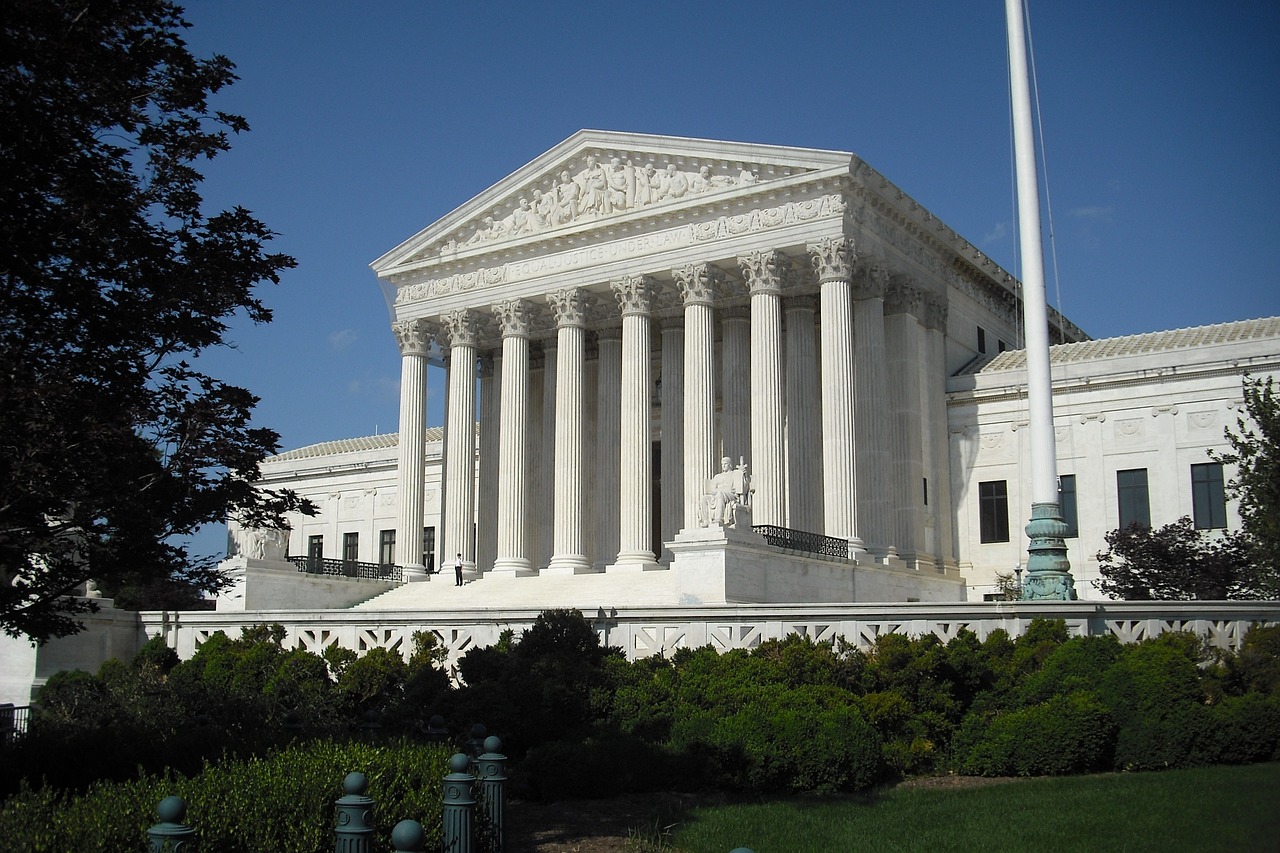By Dave Smith, Senior Contributor, USDR.
“No tyranny is more cruel than that which is practiced in the shadow of the law and with the trappings of justice: that is, one would drown the unfortunate by the very plank by which he hoped to be saved.” – Charles Secondat, Baron de Montesquieu
A major feature of the government created by the United States Constitution was the concept of the Separation of Powers. This is different from the parliamentary system established in most democracies, where the executive branch is chosen from among the legislative branch; for example, in the British Parliament, the Prime Minister and his or her cabinet is chosen from among the Members of Parliament in the House of Commons (with some historical exceptions).
Influenced by Montesquieu and his writings on the fall of liberty in the Roman Empire, James Madison drew on these ideas when crafting the Constitution, creating separate and independent branches of government and incorporating checks and balances inherent in the separation of powers. He described his philosophy in Federalist 47, saying that the “accumulation of all powers, Legislative, Executive, and Judiciary, in the same hands … may justly be pronounced the very definition of tyranny.” In the Madisonian model, the legislative branch would write the laws, and the executive branch would execute them: a stark contrast to the parliamentary model.
Over time, the line between the executive and legislative branches has blurred, as Congress has ceded power to the executive administrative state by writing statutes that are increasingly vague, leaving the bureaucracy to write the regulations to enact the legislation. This trend flies in the face of Madison’s intended framework, as he thought that the natural ambition of each branch would zealously protect its own base of power. Madison, although brilliant, was unable to foresee that Congress would become a “parliament of pundits” as opposed to a body that takes its job seriously.
This deference has resulted in the ascendancy of the federal bureaucrat, as the writing of regulations required to execute the laws passed by Congress has become increasingly integral to the meaning of the law itself. An example of this was the US Environmental Protection Agency classifying carbon dioxide (CO2) – a substance exhaled by humans as a natural part of metabolism and respiration – as a pollutant under the Clean Air Act, and the Supreme Court upholding this decision.
The Supreme Court has continued to further this deference towards the executive branch power-creep of assuming powers previously reserved to the legislative and judicial branches, respectively: writers of regulations essentially are writing, interpreting, and enforcing laws. This arrangement is the antithesis of the Montesquieu-Madison ideal.
In the Chevron USA, Inc. v. Natural Resources Defense Council, Inc. decision, commonly known as simply “Chevron” or “Chevron deference”, the Supreme Court established a precedent of deference whereby a government agency basically had free reign to write regulations so long as they represented a “permissible construction” not specifically addressed by Congress – if Congress is going to write ambiguous laws, the executive branch has the authority to flesh out the details.
Unfortunately, the Court did not stop there. In addition to giving the executive branch wide latitude in writing regulations to fill in the legislative gaps, the Supreme Court took things a step further. In its 1997 Auer v. Robbins decision, whereby “government agencies have the power not just to create and enforce their own rules but also to definitively interpret them”, according to the Cato Institute’s Ilya Shapiro. Subsequent decisions by lower courts have upheld the concept even when the agency changes its interpretation, meaning that with every successive Presidential election, the meaning of the law could change substantially.
In Kisor v. Willkie, the newly-constituted Supreme Court will revisit its Auer doctrine. In an otherwise “boring case” involving a Marine seeking PTSD benefits from the Veterans Administration provides an “opportunity to roll back the administrative state”. Overturning the Auer decision would restore judicial review to regulations, and it appears to have some support on the court. Justice Gorsuch has shown skepticism towards Chevron doctrine, and Justices Thomas, Roberts, and Alito have signaled a desire to revisit Auer doctrine in their dissent to the Court’s refusal to hear United Student Aid Funds, Inc. v. Bible, a case that called for Auer and a related decision, Bowles v. Seminole Rock & Sand Co., to be overturned.
While not all court observers are fans of reigning in the executive branch – it has been called an “inevitable power grab” by “Kavanaugh’s court” – Kisor represents a potential return to the Madisonian spirit.
Born in the same county as Davy Crockett in East Tennessee, Dave found his way to Texas where he works in the petrochemical industry. He’s written and spoken about politics on various media outlets including Fox, ABC, and Townhall. He is a graduate of Tennessee Tech with a degree in chemical engineering. Make sure to check out Dave’s popular series, “Profiles in Liberty” at USA Daily Chronicles. Follow Dave on Twitter: @semperlibertas.


